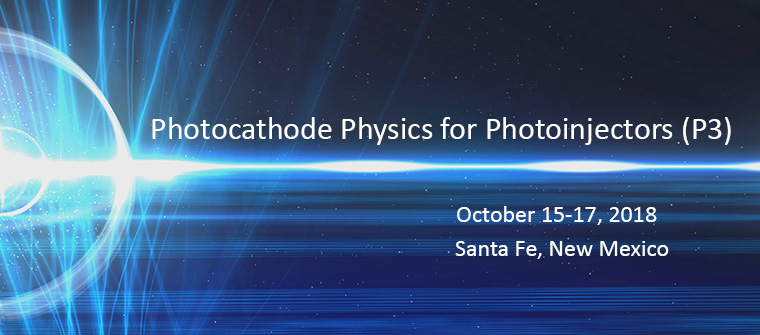Speakers
Description
Interference enhanced, etalon photocathodes are promising due to the potential to enhance quantum efficiency without increasing emittance. This is likely so long as emittance is dominated by the excess energy (ħω-φeff) rather than being thermalization dependent, since the etalon effect does not directly change the band structure of the material. Enhancement occurs both by increasing absorption and by increasing the relative fraction of energy absorbed near the surface. Reflective metal substrates are predicted to have QE enhancement up to 6-fold in comparison to semitransparent substrates such as Si. The enhancement increases for thinner cathodes and energies near threshold. An analytical model, as well as recent experimental results with Cs3Sb on Ag and Si substrates will be shown. Ongoing efforts to more fully model effects such as surface roughness and substrate thickness will also be presented.

